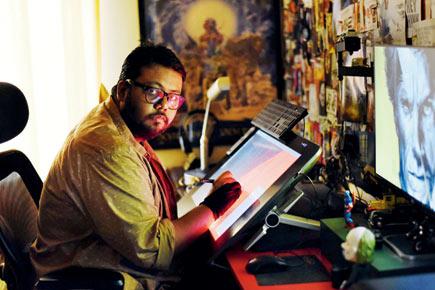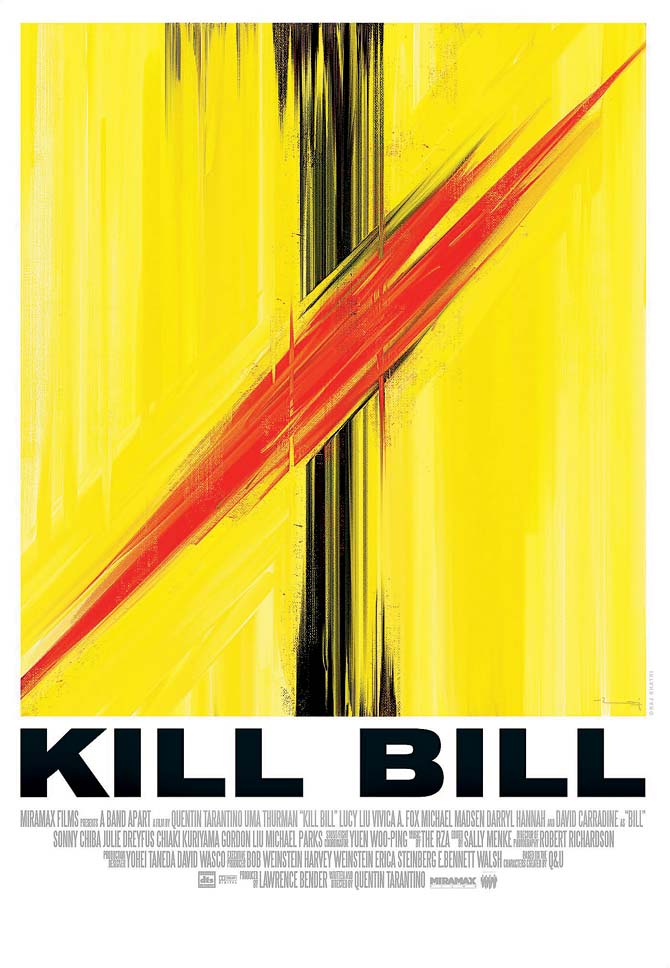Raj Khatri, spearheader of the alternative movie poster movement in India, talks of creating artworks that go beyond fandom

Khatri, now 35, continues to nurture his fascination with pop art and posters. He spends hours recreating posters of iconic Hollywood films and television shows, presenting his own unique interpretation. Spearheading the alternative movie poster movement in India, now a global phenomenon, Khatri creates re-imagined posters using bold brushstrokes and vibrant colours. Kill Bill, The Dark Knight and The Matrix have all got a cover each. "What artists usually do is take one object from the film and create a poster around it. I decided to make posters that look like abstract paintings, but when you place the movie’s name below them, you get the message."

Most Hollywood films, he explains, have a thematic colour palette. "Uma Thurman’s yellow costume became synonymous with Kill Bill. I watched it and made notes of all the focal elements in the film," he says, adding that he makes posters keeping a film’s fans in mind. "For instance, in the 2014 film, Night Crawler, there’s an iconic red car that the protagonist drives. You’ll get the poster only if you’ve watched the film."
It was on an impulse, that he decided to upload the posters on social media in 2010, not realising they would get him recognition. The artworks later landed him a chance to exhibit his work at a Los Angeles exhibition in 2014. The following year, he launched his first minimal series posters — a take off from alternative posters that instantly went viral.
As creative head with a city-based ad firm, Khatri is also the man behind original posters for Hindi cinema projects Neerja, Phantom, Kahaani 2 and Bang Bang. "Of course, I love the process of digitally creating movie posters, but more often than not, there’s a filter between what I conceive and what is released. It’s not entirely indigenous because there are so many people involved and they all have an input to offer. After a point, fatigue develops," he says.
It was the creative release that alternative posters offered him and a Wacom tablet that his girlfriend, now wife, gave him that saw him through. "No pesky clients and deadlines. I was free to use my own style, and that’s what I love about this," he says.
 Subscribe today by clicking the link and stay updated with the latest news!" Click here!
Subscribe today by clicking the link and stay updated with the latest news!" Click here!







_d.png)



